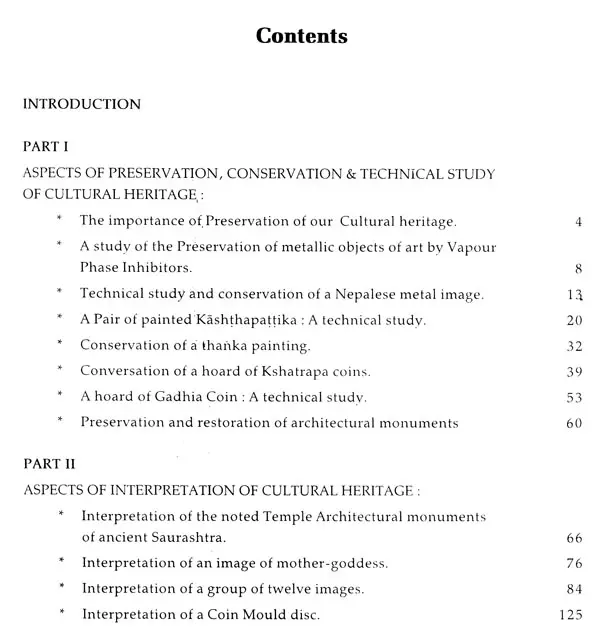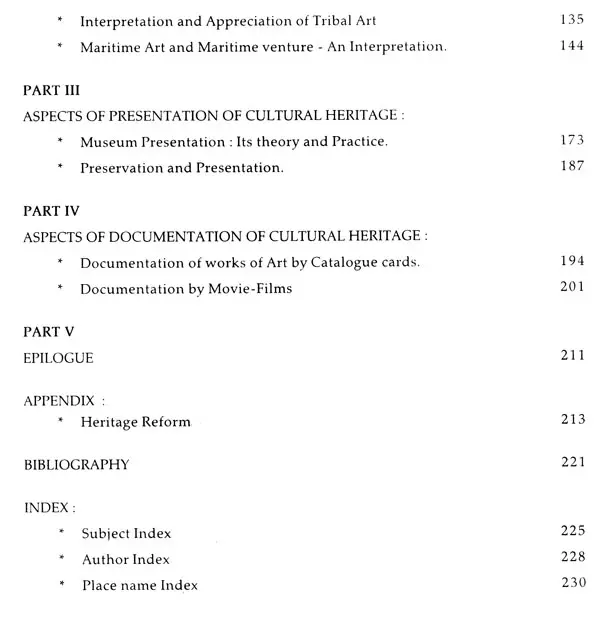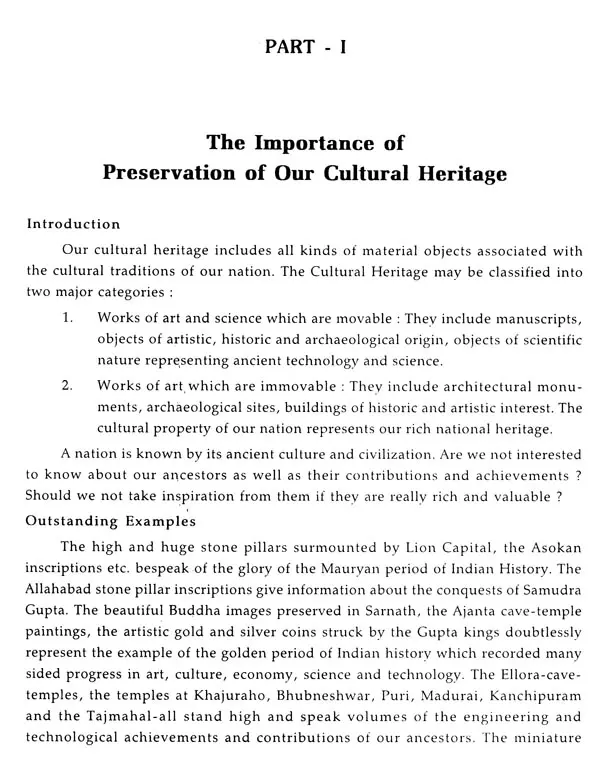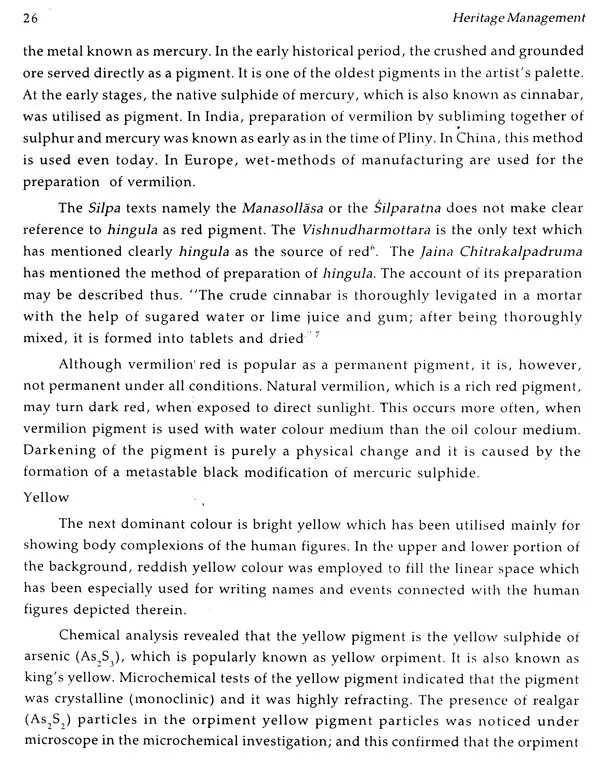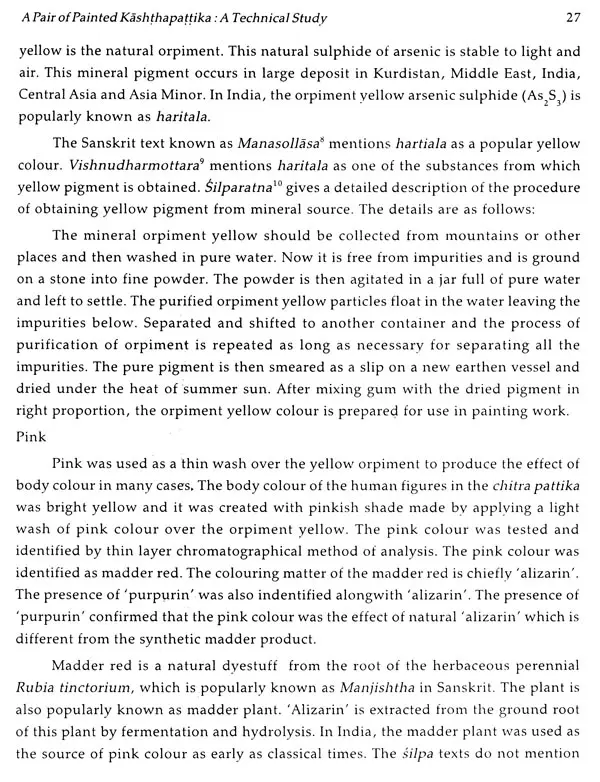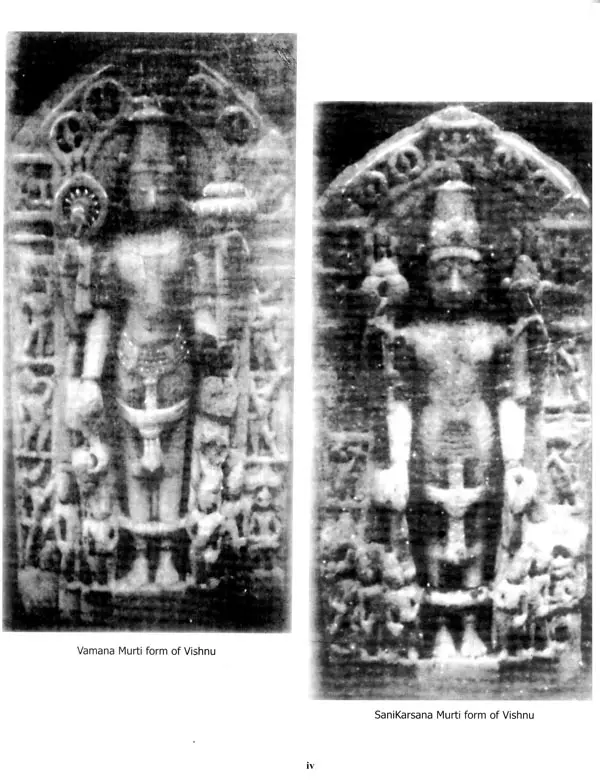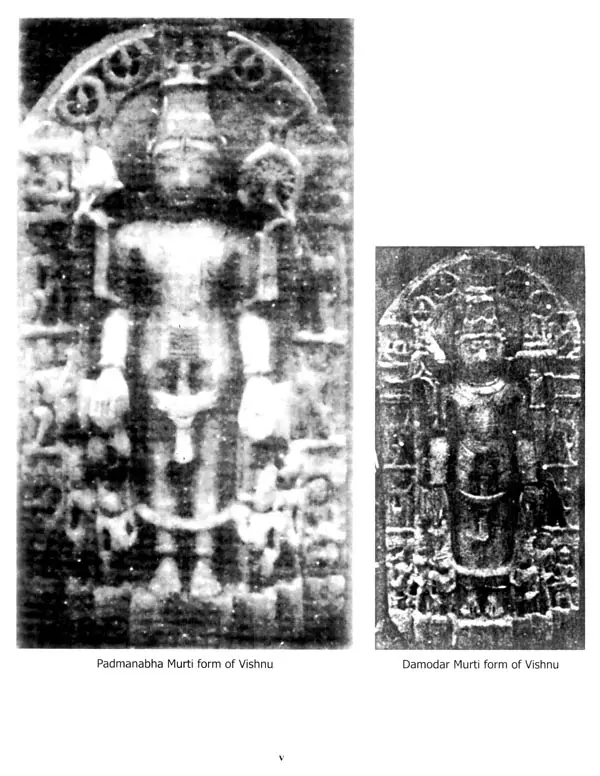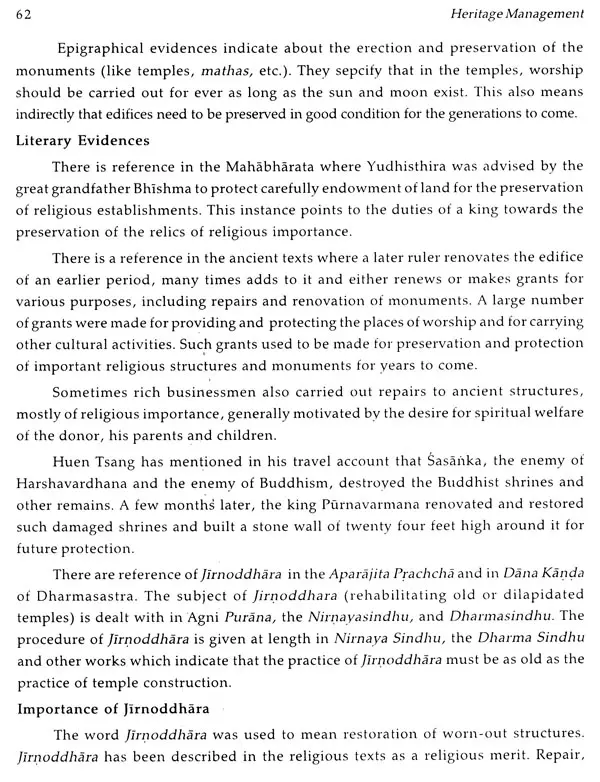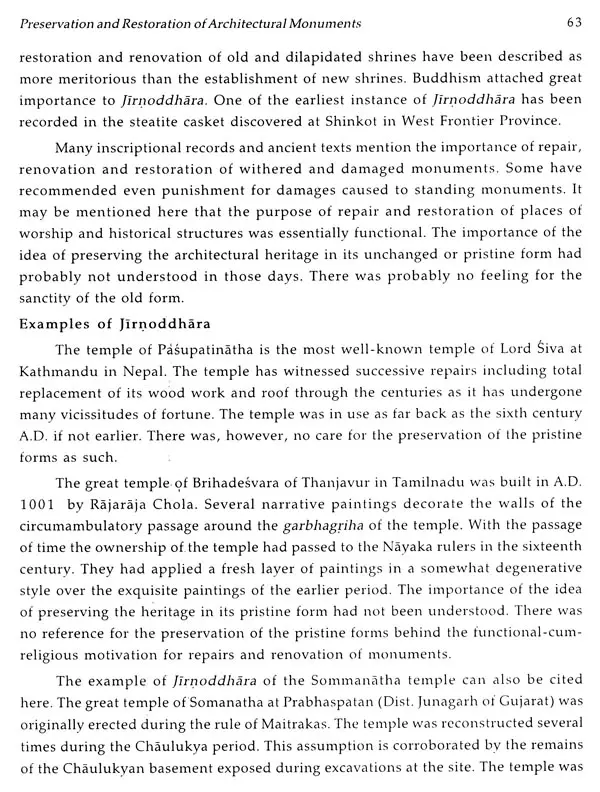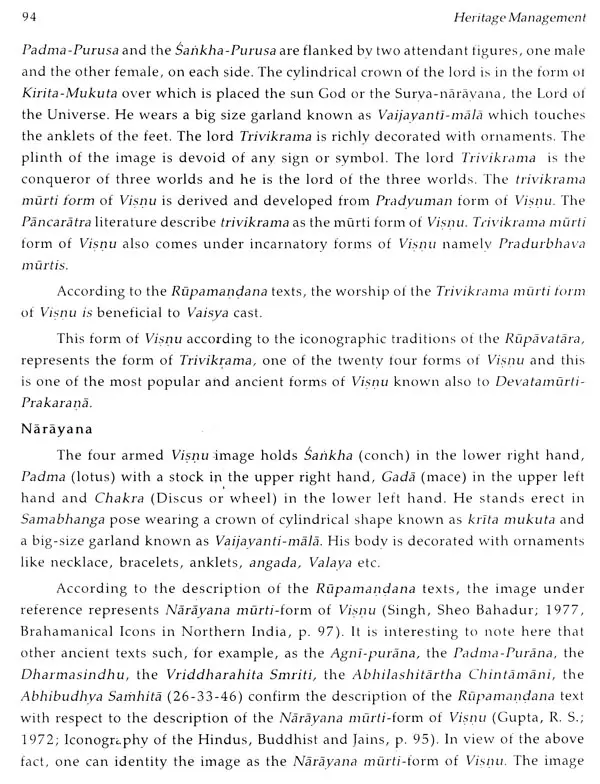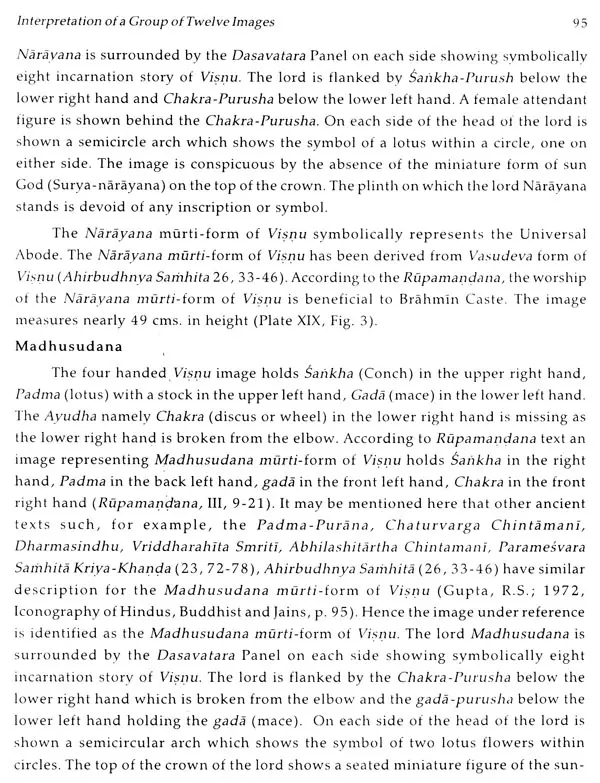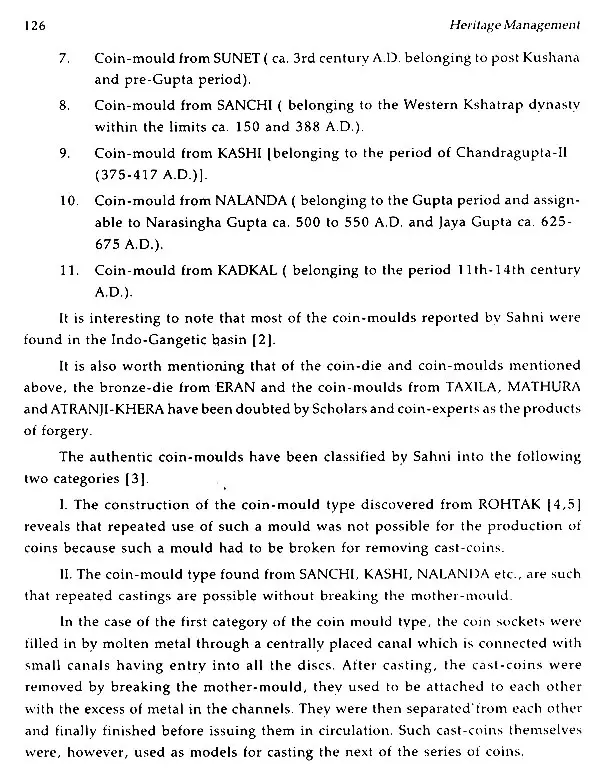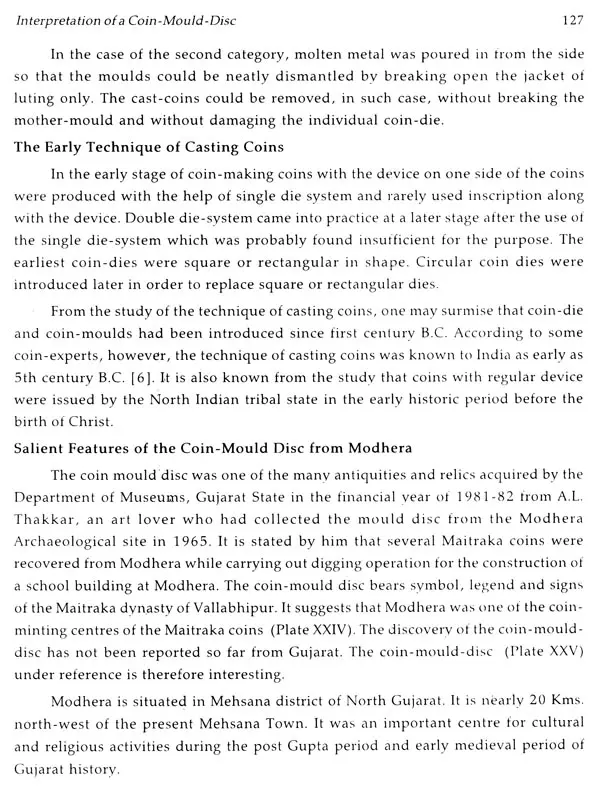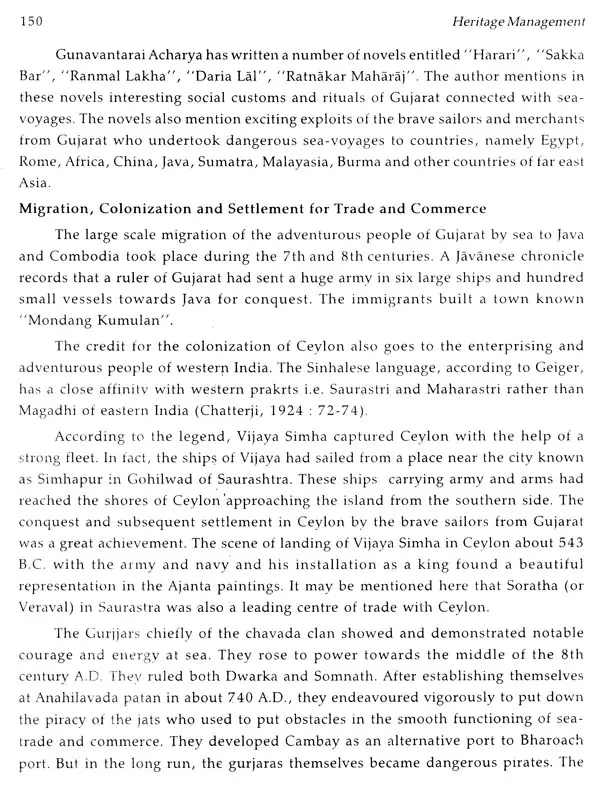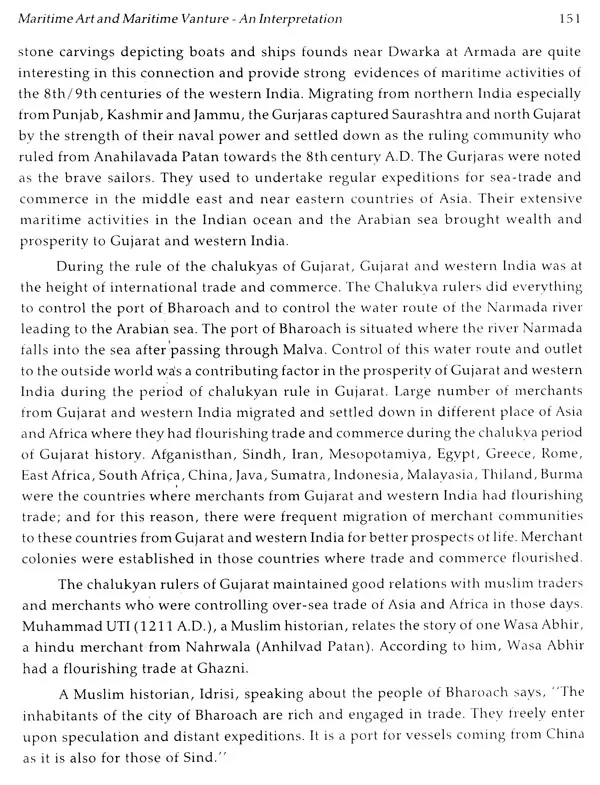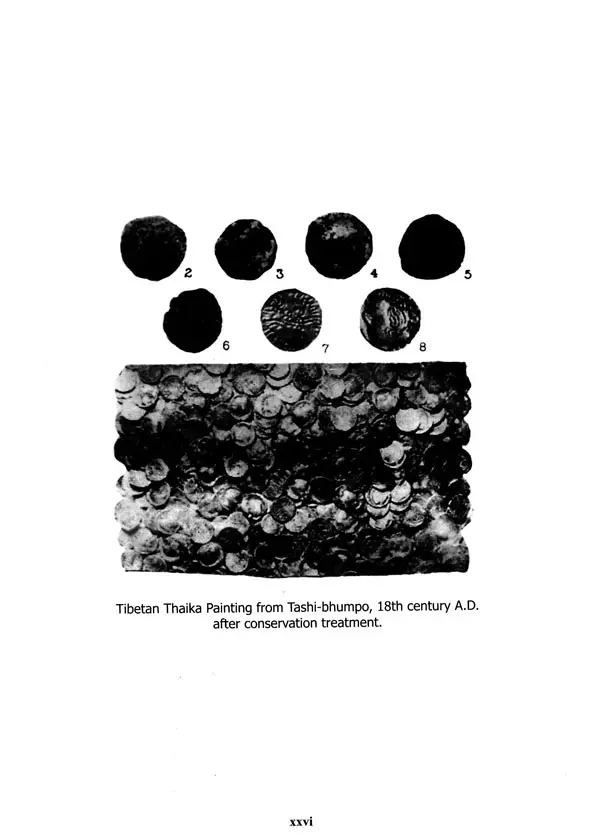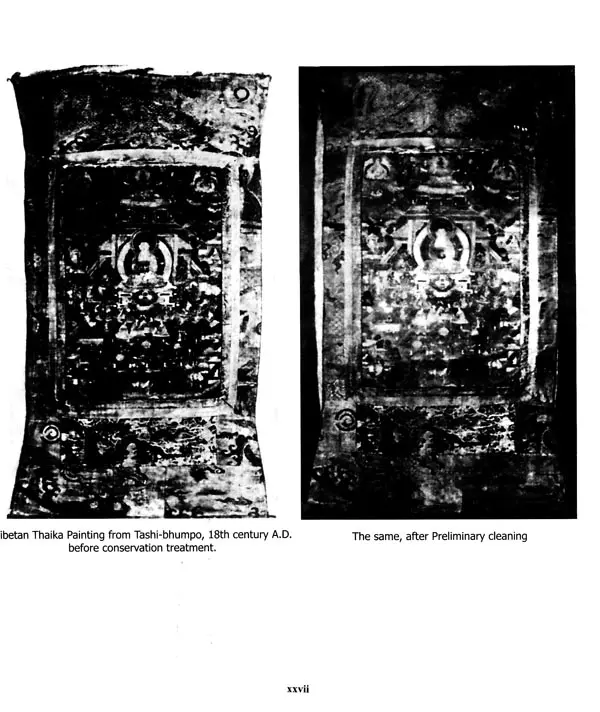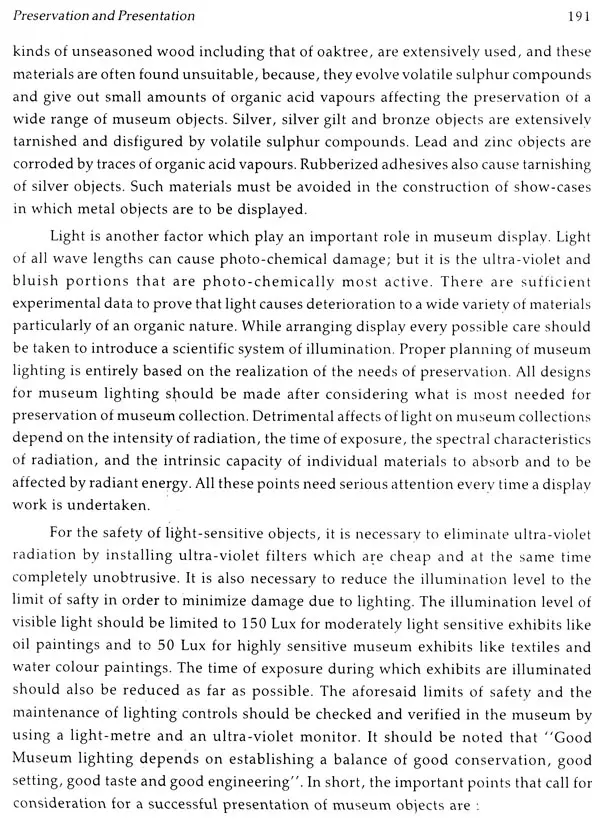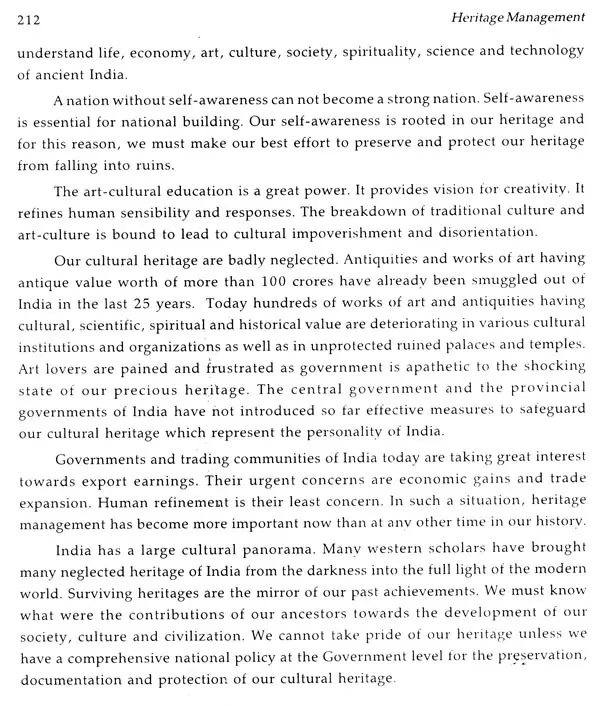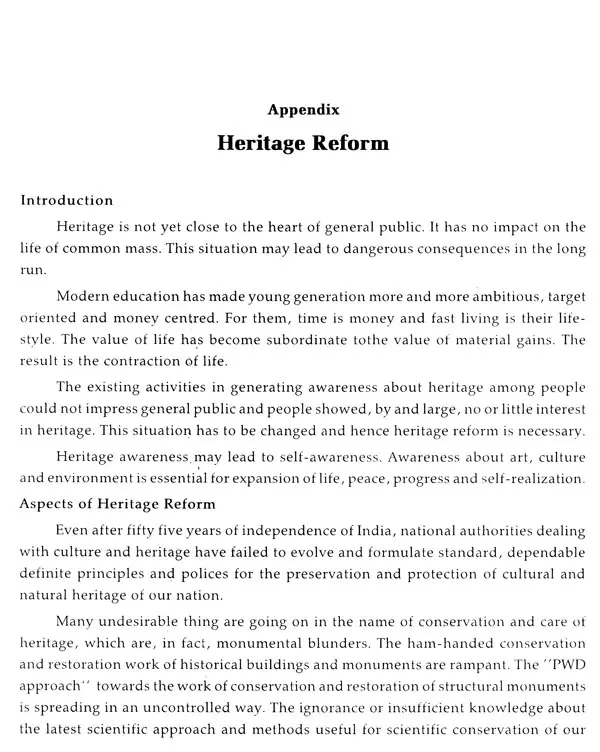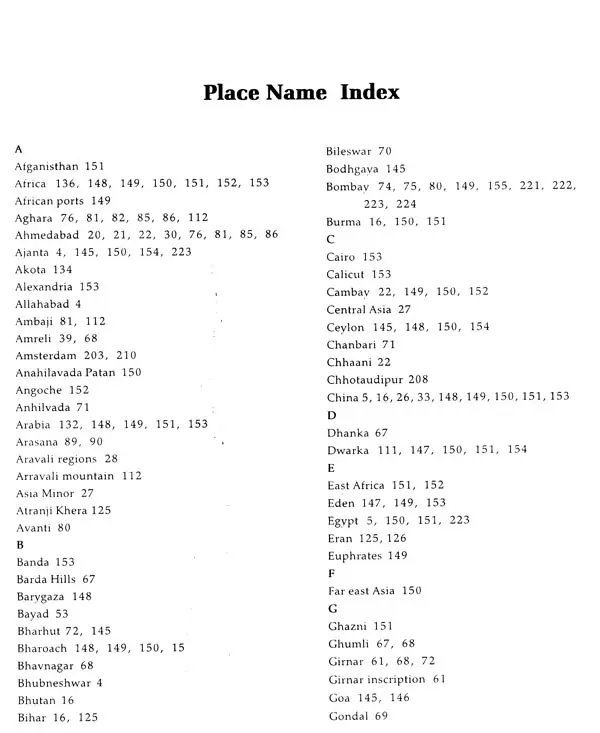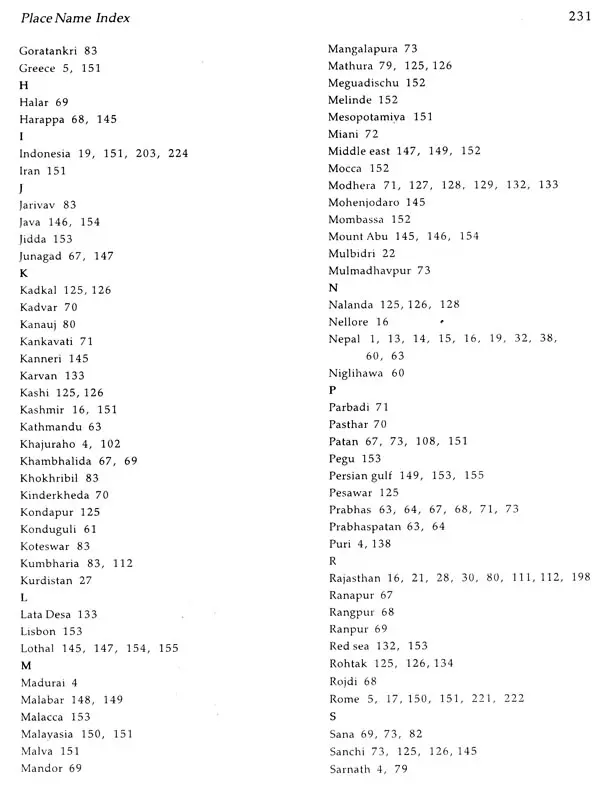
Heritage Management- Care, Understanding and Appreciation of Cultural Heritage
Book Specification
| Item Code: | UAE356 |
| Author: | Swarnakamal Bhowmik |
| Publisher: | Publication Scheme, Jaipur |
| Language: | English |
| Edition: | 2004 |
| ISBN: | 8181820126 |
| Pages: | 234 (Throughout B/w Illustrations) |
| Cover: | HARDCOVER |
| Other Details | 11.00 X 9.00 inch |
| Weight | 1.01 kg |
Book Description
The book entitled Heritage Management is an attempt for making people aware of their heritage.
Preservation, Interpretation, presentation and documentation of cultural heritage are the principal areas of activities of heritage management, because heritage management is meaningless in their absence.
The book is a collection of some select research papers of Prof. (Dr.) Swamiakamal Bhowmik published in various journals and seminar proceedings. As these were found scattered. at different places in the country; it was felt necessary to publish some of them with necessary modifications and additions in the form of book for the educational benefit of students and general public. The book, we are sure, will provide new vision and provoke further thinking.
He has specialized subjects like Archaeometalurgy, artist-materials and artists-techniques, ancient paint technology history of ancient science and technology. That apart, he has also specialized the science of conservation of antiquities and works of art.
He has taken special interest in technical studies of antiquities and works of art along with stylistic and art-historical studies.
He served the department of Museums, Gujarat State and the Baroda Museum and Picture Gallery, Baroda as the Director for a period of twenty-two years. Thereafter, he served the Department of History and culture of the Gujarat Vidyapith, Ahmedabad as the professor of Archaeology and gained experience in teaching subjects namely, Research Methods, Archaeology, Historical Concepts and History of Towns and Cities to the students of M.Phil. degree course.
He has a number of publications to his credit. His other important titles are Heritage of Musical Instruments, Technical Studies in the field of Museums and Fine Arts, Ancient Metallic Art and Metal Technology, Scientific Heritage of Gujarat, Heritage of Metallic Art.
He has published large number of research papers in the national and international journals on art, archaeology, iconography, numismatics, conservation and technical studies of antiquities and works of art.
He is the visiting faculty and founder member of the academy of Indian numismatics and Sigillography, Indore (M.P.)
Presently he is working on the history of science and technology with special reference to ancient India.
He is widely travelled person. He has travelled widely within the country and abroad.
Cultural heritage are directly related to the life building qualities namely honesty, sincerity and devotion as they are the products of activities which involve head-skill and hand-skill and in this way, cultural heritage are the treasury of human qualities. It is also the source to know dedication and integrity as these qualities are directly involved in the fabrication, creation and production of cultural heritage.
Cultural heritage represent not only the visual aspect, the material aspect, the historical aspect, the spiritual aspect but also the aspects of head-skill and the hand- skill of the extraordinary individuals of the creative world.
Evidences of our cultural heritage can be seen in the form of standing monuments in the open air, in the form of antiquities and works of art which are preserved in various cultural institutions and organizations of our country Some aspects of Art heritage of Nepal and Tibet have been included in the Part I of this monograph, because, we consider the art and culture of Nepal and Tibet as part of our own art and art-history. In ancient time, Indian art, artists, technologists, scholars, religious leaders and philosophers had migrated and lived in these countries and helped people for their growth and development. These countries were obviously influenced by Indian art and culture.
Management is the preparation, use and control of men and materials. A good Management enables man to provide specialized skill and useful technology.
Materials representing heritage objects provide scope of activities for preservation, interpretation, presentation and documentation for the purpose of converting our heritage into cultural assets.
In a world of globalization, heritage management is essential. Heritage management should also explore avenues in order to organize exhibitions with the help of interpretation and exhibition techniques for the purpose of profit making and that earned money can be utilized for the preservation and protection of heritage from falling into ruins. Managing only for profit is not the management in the true sense of the term; and such type of management is the partial management. Heritage management is obviously essential for cultural and spiritual regeneration of masses. Heritage management for cultural and spiritual growth and development is the need of the day.
Heritage management, in fact, involves a number of strategic activities and out of them, the important ones are:
Multilayered preservation strategy. Multidisciplinary interpretation strategy.
* Multidimensional presentation and communication strategy.
* Scientific documentation strategy.
The above mentioned strategic activities obviously form very important areas of heritage management. Further, such activities will enable people to understand the evolution of human mind through the ages from its primitive stage to the most advanced stage, and certainly help them in understanding social changes through the centuries. Scientific spirit, artistic temper, the value of honesty and sincerity, devotional and spiritual outlook can be generated and developed through these strategic activities of the heritage management.
Book's Contents and Sample Pages
